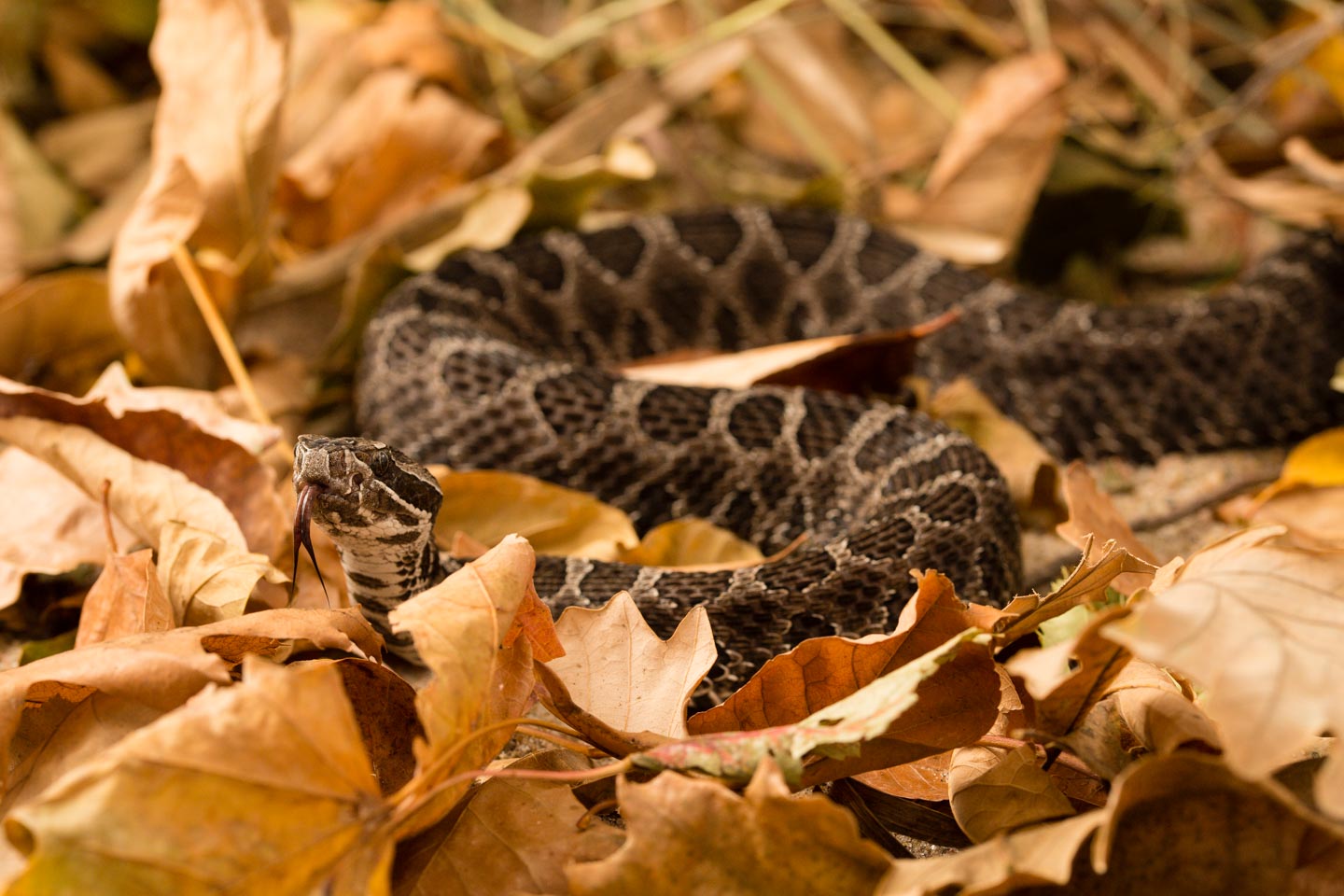
The Western Massasauga is a fascinating snake species that is found in various regions of North America. Known scientifically as Sistrurus catenatus tergeminus, this venomous reptile is renowned for its unique characteristics and intriguing behaviors. From its distinctive rattling tail to its specialized hunting techniques, the Western Massasauga continues to captivate researchers and wildlife enthusiasts alike.
In this article, we will delve into eight astonishing facts about the Western Massasauga that will shed light on its intriguing nature. From its appearance and habitat to its reproductive habits and conservation status, we will explore the various aspects of this remarkable snake. So, let’s embark on a journey to unravel the secrets of the Western Massasauga and gain a deeper understanding of its significance in the animal kingdom.
Key Takeaways:
- The Western Massasauga is a small, venomous snake with unique coloration and a rattling tail. It preys on small mammals and hibernates in winter, but its population is declining due to human impact.
- Found in wetland habitats, the Western Massasauga’s declining population is a concern. Conservation efforts are crucial to protect this fascinating, venomous snake from further habitat loss and human persecution.
The Western Massasauga is a venomous snake
The Western Massasauga (Sistrurus catenatus tergeminus) is a venomous snake native to North America. Its venom is primarily used for subduing prey, and while its bite is rarely fatal to humans, it can cause substantial pain and swelling.
It has unique coloration and patterning
The Western Massasauga is known for its distinct coloration, with a light brown or gray base color and a series of dark brown or black blotches down its back. This patterning helps camouflage the snake in its natural habitat.
Western Massasaugas are relatively small
Compared to other rattlesnake species, the Western Massasauga is relatively small, typically measuring between 2 and 3 feet in length. This makes them easier to handle and less intimidating than their larger relatives.
They have a rattle on their tail
Like all rattlesnakes, the Western Massasauga has a unique adaptation – a rattle on its tail. This rattle is made up of loosely interlocking segments that create a rattling sound when the snake vibrates its tail. It serves as a warning signal to potential threats.
Their diet consists mainly of small mammals
The Western Massasauga primarily feeds on small mammals such as mice, voles, and shrews. They are ambush predators and use their venom to immobilize their prey before consuming them whole.
They are found in wetland habitats
Western Massasaugas are typically found in wetland habitats such as marshes, swamps, and grassy areas near water sources. These habitats provide the snake with ample prey options and suitable conditions for reproduction.
Western Massasaugas hibernate during the winter
During the colder months, Western Massasaugas undergo a period of hibernation. They seek out underground burrows or areas with suitable cover to protect themselves from the harsh winter conditions.
Their population is declining
Unfortunately, the Western Massasauga population has been declining in recent years. Loss of habitat, human encroachment, and persecution have all contributed to their decreasing numbers. Conservation efforts are underway to protect this unique and fascinating species.
Conclusion
In conclusion, the Western Massasauga is an incredible snake species that deserves our appreciation and admiration. Its unique characteristics, from its venomous bite to its specialized habitat preferences, make it a truly fascinating creature. Understanding the Western Massasauga’s behavior and ecosystem is crucial for its conservation and the preservation of its natural habitats.By learning about the Western Massasauga and sharing our knowledge with others, we can raise awareness about the importance of protecting this species. It is our responsibility to ensure the survival of this remarkable snake, so that future generations can continue to marvel at its beauty and significance in the natural world.
FAQs
1. Are Western Massasaugas dangerous?
Yes, Western Massasaugas are venomous and should be treated with caution. However, bites from this snake species are rare and typically only occur when the snake feels threatened.
2. Where can I find Western Massasaugas?
Western Massasaugas are primarily found in the central and eastern parts of the United States, with their habitat ranging from swamps and wetlands to prairies and grasslands.
3. What do Western Massasaugas eat?
Western Massasaugas primarily feed on small mammals, such as mice, voles, and shrews. They are also known to eat small birds and amphibians.
4. Are Western Massasaugas endangered?
Yes, Western Massasaugas are listed as a threatened species. Loss of suitable habitat and human activities have significantly impacted their populations, making conservation efforts essential to their survival.
5. Can Western Massasaugas be kept as pets?
In most places, it is illegal to keep Western Massasaugas as pets. It is important to respect their natural habitats and allow them to thrive in their native environments.
6. How long do Western Massasaugas live?
Western Massasaugas have an average lifespan of 8 to 10 years in the wild, although some individuals can live up to 15 years under ideal conditions.
7. Is the Western Massasauga a threatened species?
Yes, the Western Massasauga is considered a threatened species due to habitat loss, fragmentation, and human activities such as habitat destruction and snakes being killed out of fear or ignorance.
8. Can the venom of a Western Massasauga be lethal to humans?
Although the venom of a Western Massasauga can be toxic to humans, bites are rare and usually not life-threatening. Regardless, it is important to seek immediate medical attention if bitten by any venomous snake.
Was this page helpful?
Our commitment to delivering trustworthy and engaging content is at the heart of what we do. Each fact on our site is contributed by real users like you, bringing a wealth of diverse insights and information. To ensure the highest standards of accuracy and reliability, our dedicated editors meticulously review each submission. This process guarantees that the facts we share are not only fascinating but also credible. Trust in our commitment to quality and authenticity as you explore and learn with us.
